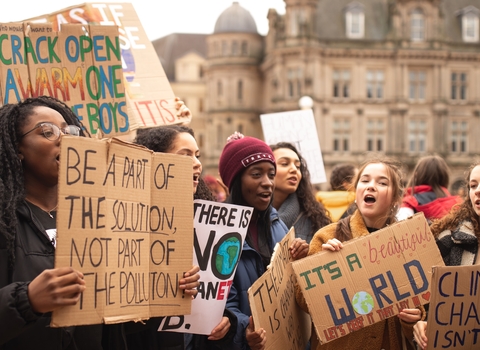What is COP?
COP stands for Conference of the Parties, the term given to a range of global conferences that cover different United Nations conventions or UN ‘organisations’. In this case, COP26 is the 26th meeting of the UN Framework Convention on Climate Change (UNFCCC), which was created in 1992. The first meeting of the Convention 'COP1' was held in 1995 and there has been a COP every year since. The only exception was 2020 due to the COVID-19 pandemic.




